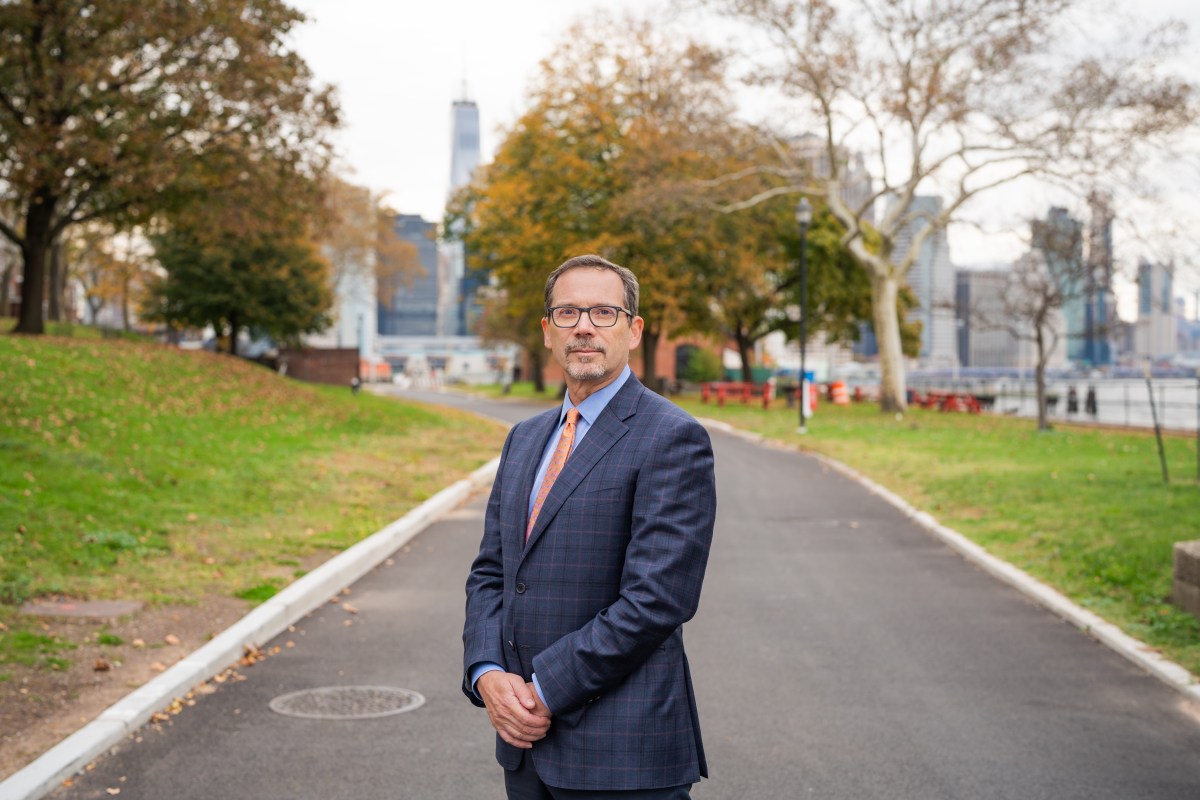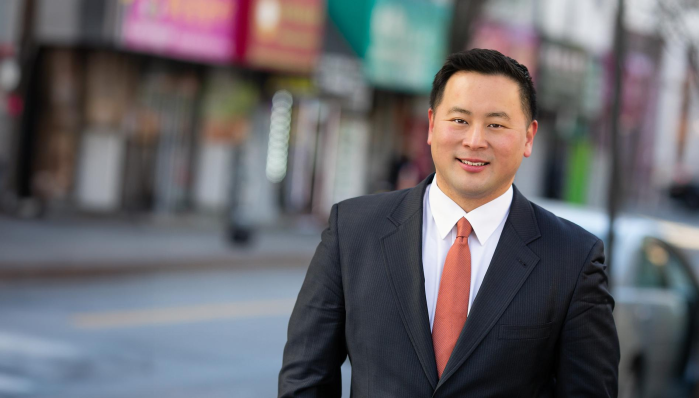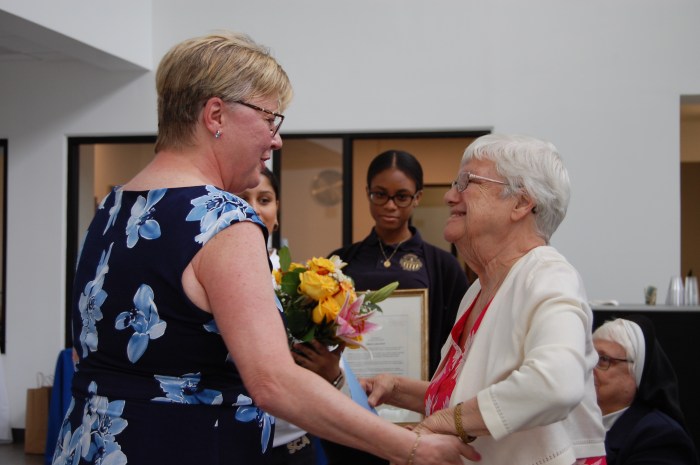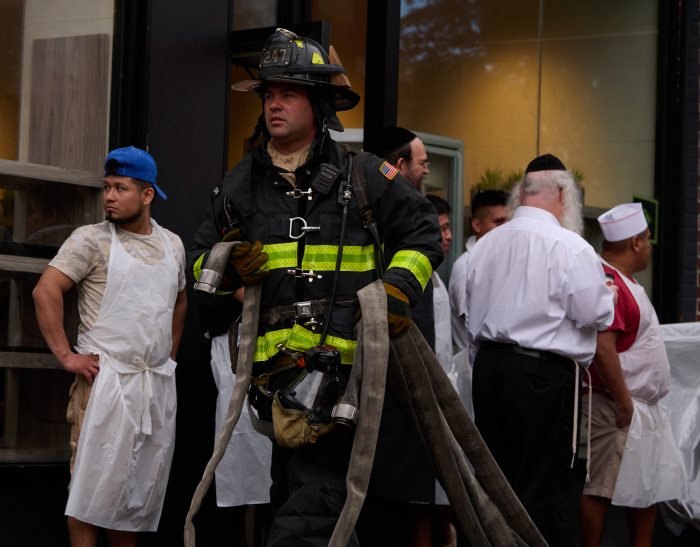Earlier this month, we celebrated the 50th Anniversary of World Environment Day. Half a century ago, World Environment Day was established in the face of startling environmental flashpoints. Ohio’s Cuyahoga River became so polluted that it caught fire several times. An explosion in Santa Barbara led to Union Oil dumping nearly 100,000 barrels of crude into the Pacific. And the air in New York, the most polluted of all major U.S. cities, was filled with toxic pollutants.
Today, public pessimism abounds. Many worry – and rightly so – about projections from the 2023 UN Emissions Gap Report that note that current pledges made under the Paris Agreement still put the world on track for 2.9°C of temperature rise this century. Last year, New York City experienced its hottest year on record, rainfall 9 inches above average, and raging wildfires that affected our air.
However, there are many reasons to be optimistic, especially within the five boroughs.
Today, we are in a strong position because of work done over the past two decades. In 2007, the Bloomberg administration launched PlaNYC, which significantly reduced our city’s carbon emissions and invested tens of billions of dollars in climate resilience. The launch of PlaNYC was a seminal moment in the history of climate change mitigation – it put us on the right side of the fight for a cleaner and greener planet, and served as a model for cities across the globe.
Subsequent mayors kept the momentum going, with Mayor de Blasio passing the New York City Green Deal, setting ambitious targets to reduce building emissions. And, just this year, Mayor Adams unveiled an ambitious plan to create 400,000 green jobs by 2040. Similar trends are happening in cities globally, with new mayors building on what their predecessors have accomplished.
But there’s more work to do, even within the five boroughs.
As the finance capital of the world, we need to recognize that climate change prevention is an economic opportunity, not an inconvenient cost. Since 2022, more than 27,000 new clean energy jobs have been added to the workforce nationwide. Not only are these jobs good for the environment, but they also pay better, and 75% of those created in the last two years don’t require a four-year degree.
Part of the local climate business opportunity is driven by Local Law 97, which requires buildings over 25,000 square feet to meet new energy efficiency and greenhouse gas emissions limits. Starting this year, over 50,000 buildings must meet these standards, delivering both an environmental gain and local economic boost. Creating financial instruments that support these changes in New York can easily be translated to other cities and climate challenges.
Further, the artificial intelligence boom presents opportunities to support climate mitigation and adaptation. AI advances in weather modeling can refine projections on storms or impacts on urban coastlines, while AI coupled to energy system models can improve the ability of urban power grids to accommodate offshore wind power.
One challenge is that AI is incredibly power-hungry, but even here there is room for optimism: IBM, a leader in AI tech, recently unveiled new server technology that uses 75% less energy than the prior standard. Such advances, led by the large-scale deployment of renewables, can power the AI transformation and make our world greener.
Developments like these, paired with the fact that cities like ours are taking the lead to fight climate change by convening public, private, academic, and community stakeholders to work toward transformative solutions, should give us all a reason for hope. That’s how this crisis is going to be solved – by bringing critical voices to the table to tackle these existential issues.
By working together.
And that’s why we should all be optimistic. 50 years ago, there were few signs of progress. But today, New York is truly an incubator for new solutions that can be scaled across the world. We can do it, we must do it, and our future depends on it.
Stephen Hammer is CEO of The New York Climate Exchange.










